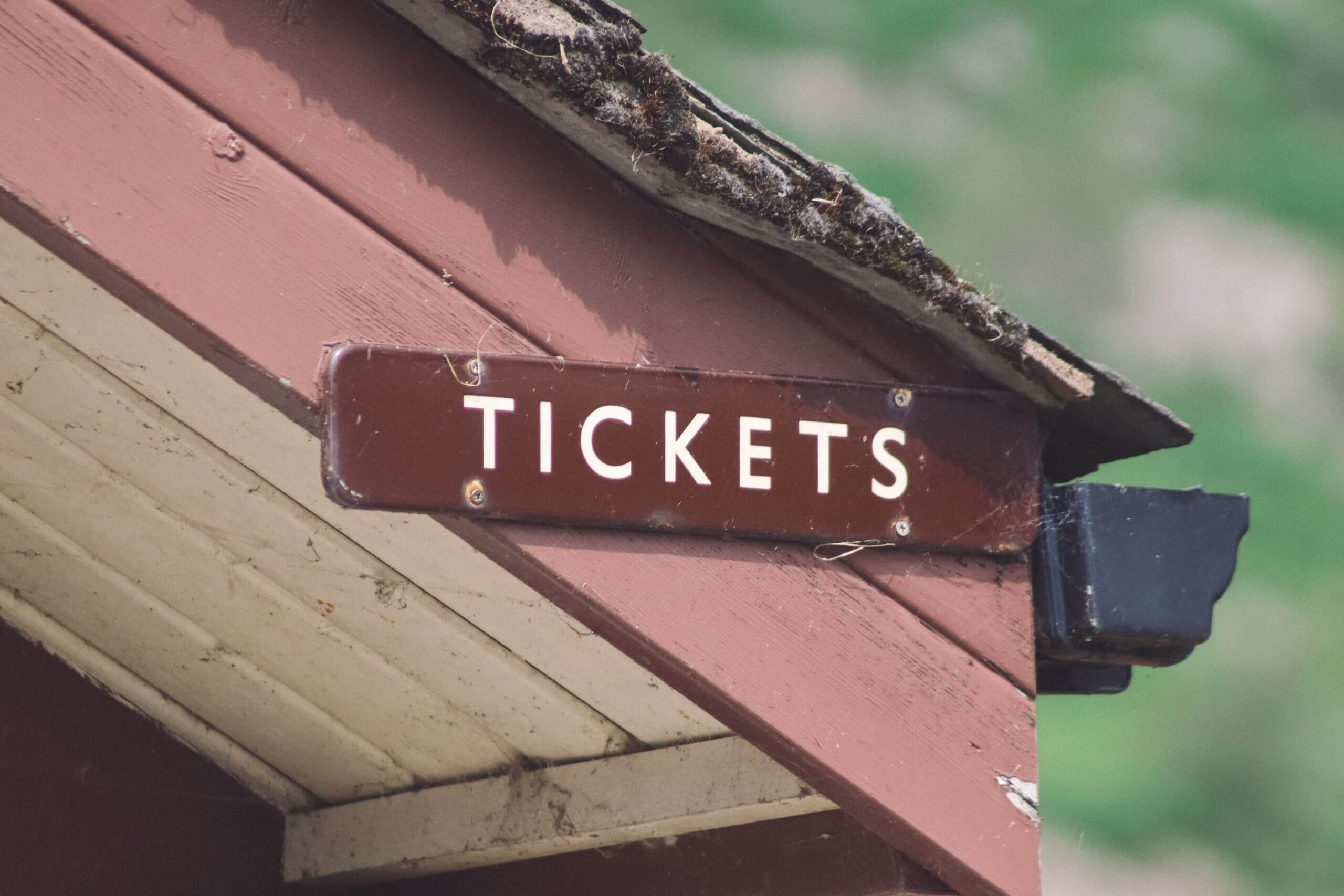Pricing After Reopening

Jamie Alexander
Vice President, Growth and Development
At this point in this unprecedented pandemic, nobody knows for sure when arts organizations will be able to reopen their doors. Most organizations are planning to reopen in the fall while creating contingency plans should reopening be delayed further.
One critical piece of planning for reopening is determining whether you should make changes to your ticket pricing and pricing strategy. We’ve put together some advice below regarding things to consider as you devise your pricing strategies for reopening.
CONSIDER A PRICE SENSITIVITY STUDY
In the absence of historic trends regarding people’s behavior following a global pandemic, we can turn to primary research to give us data on price sensitivity amongst various audience segments. A price sensitivity study gives you helpful and reliable data as to how to price your tickets both to attract audience members and to make up for lost revenue during the time of coronavirus.
A price sensitivity study is survey-based and uses basic decision-modeling (otherwise known as a conjoint study) to find the optimal prices for maximum revenue. This market research methodology allows you to capture the different levels of willingness to pay across different segments of your market, enabling you to design the optimal differentiated offers. It is known, and recommended by market researchers, because of its high levels of accuracy and detail at forecasting consumer behavior.
JCA Arts Marketing, together with Baker Richards (our partners in the UK), are currently offering price sensitivity studies to a organizations at significantly discounted price—email smarter@jcainc.com if you are interested in learning more.
DON’T ASSUME STARTING PRICES SHOULD BE LOWERED
While it’s tempting to assume you’ll need to lower starting prices due to the financial hardships that almost everyone has faced in this pandemic, it’s risky to do so without clear data affirming that lowering prices is necessary. Without such data, you may simply be leaving money on the table in the event that members of your audience are willing to pay your standard ticket prices.
When you reduce prices, you are creating a lower anchor for your pricing. An “anchor” is the concept of setting a firm price for products or services that consumers can reasonably expect to pay. The amount that people are willing to pay, and therefore the amount of income you generate, depends on your anchors. If you lower your pricing, people will develop a lower anchor by which they judge your prices, and it will take significant time and effort to raise prices again. This could have a significant long-term effect on your revenue.
What’s more, when you lower your pricing without any communication to patrons, patrons might not necessarily notice that prices have been lowered. Thus, the lowered prices won’t help drive sales.
OFFER TARGETED DISCOUNTS
Discounts are more effective than simply lowering prices because they are accompanied by a strong message of value. People are attracted to discounts because they feel like they get more for less. However, discounting can impact brand reputation, so make sure you take necessary precautions.
First, make sure that discounts are highly targeted. The danger with discounting is that patrons may come to expect a discount, and therefore their anchor price for a ticket becomes the discounted price. You never want people to become dependent on discounts to attend. This is why you need to make sure that you are offering discounts only to segments of your audience that need a discount to incentivize attendance. We’ll talk more about identifying segments of patrons who respond favorably to discounts in a future post.
Also, make sure that you communicate why your patrons are getting this discount. Offering a reason why someone is getting a discount is called “fencing,” and explains why one person might get a discount, while others do not. Maybe the discount rewards their loyalty, or is only available for certain performances or seats, or only available with the purchase of an add-on. Fencing ensures that patrons still consider that a ticket’s value is its original price, even though they paid a lower price.
USE DYNAMIC PRICING
Once tickets are on sale, it’s essential that you monitor your sales on a regular basis to spot opportunities and weaknesses in demand. If you see certain performances or sections of the house where sales are outpacing others, consider increasing prices. These tiny gains will make a big difference to your revenue, and help you recover from loses caused by COVID-19.
In certain cases, it might actually make sense to lower prices—like if you’re seeing high-priced sections of the house that are consistently undersold. However, in these situations, a limited discount may provide more immediate incentive to fill those seats and you can recalibrate the prices for a future production.
THERE’S NO “ONE SIZE FITS ALL” ANSWER
Just as before the pandemic, every organization is different and every audience behaves uniquely. Pricing strategies that work for one organization may not work for another. That’s why we encourage arts organizations to do their own research around pricing, to identify the best pricing strategy for their circumstances. You’ll also want to create distinct messaging in support of those prices. This will help you stand out amongst what might be a sea of discount offerings, once organizations open again
If you need help determining your pricing study for opening—we’re here for you. We’re offering low-cost price sensitivity studies to get you well-positioned to re-coup revenue in this critical time.
Reach out to us at smarter@jcainc.com for more information or any questions you have about your pricing strategy for re-opening.

